Discovering the hidden wonders of untouched rainforests is always an exciting adventure, especially when it comes to the diverse and unique insect species that inhabit these lush environments. Rainforests are teeming with life, and among their most intriguing inhabitants are rare insects that often go unnoticed. These insects play crucial roles in their ecosystems, contributing to processes like pollination, decomposition, and maintaining the balance of the food web. In this article, we’ll explore the top 20 rare insects discovered in these pristine rainforests, highlighting their unique features, ecological significance, and the importance of conserving their habitats. These remarkable discoveries not only showcase the incredible biodiversity of rainforests but also underscore the need to protect these vital ecosystems.
Titanus giganteus (Titan Beetle)
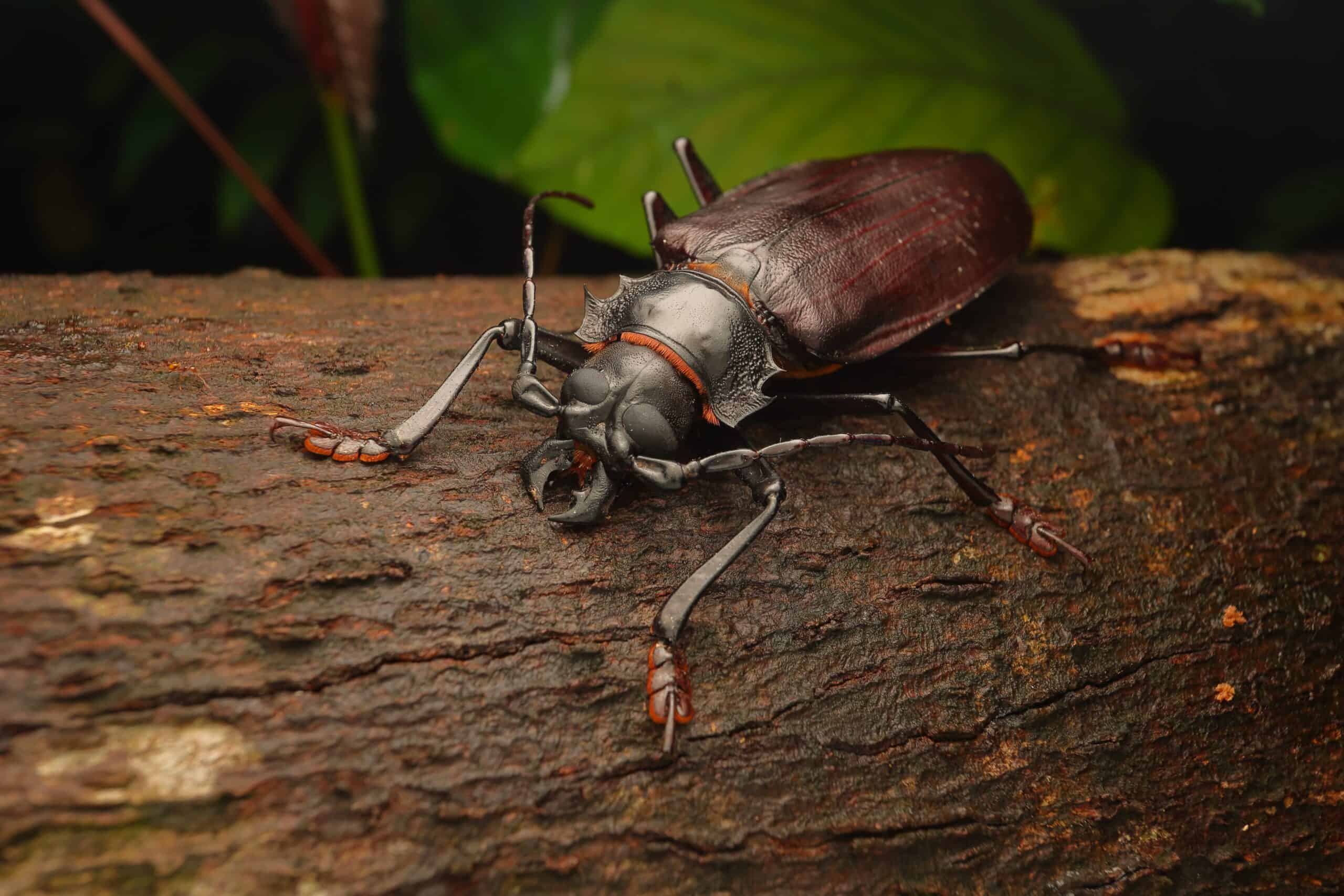
The Titan Beetle, found in the rainforests of South America, is one of the largest beetles in the world, with adults reaching lengths of up to 6.5 inches. Its powerful mandibles can snap pencils in half, highlighting its formidable presence. The Titan Beetle’s rarity stems from its specific habitat requirements, as it is confined to pristine rainforest areas. Its larvae bore into decaying wood, aiding in decomposition and nutrient cycling within the ecosystem. The adult beetles are nocturnal and elusive, primarily active during the rainy season, making sightings rare. The combination of its impressive size, specific habitat needs, and elusive nature makes the Titan Beetle a fascinating and rare insect in the rainforest.
Rosalina Butterfly (Delias argenthona)
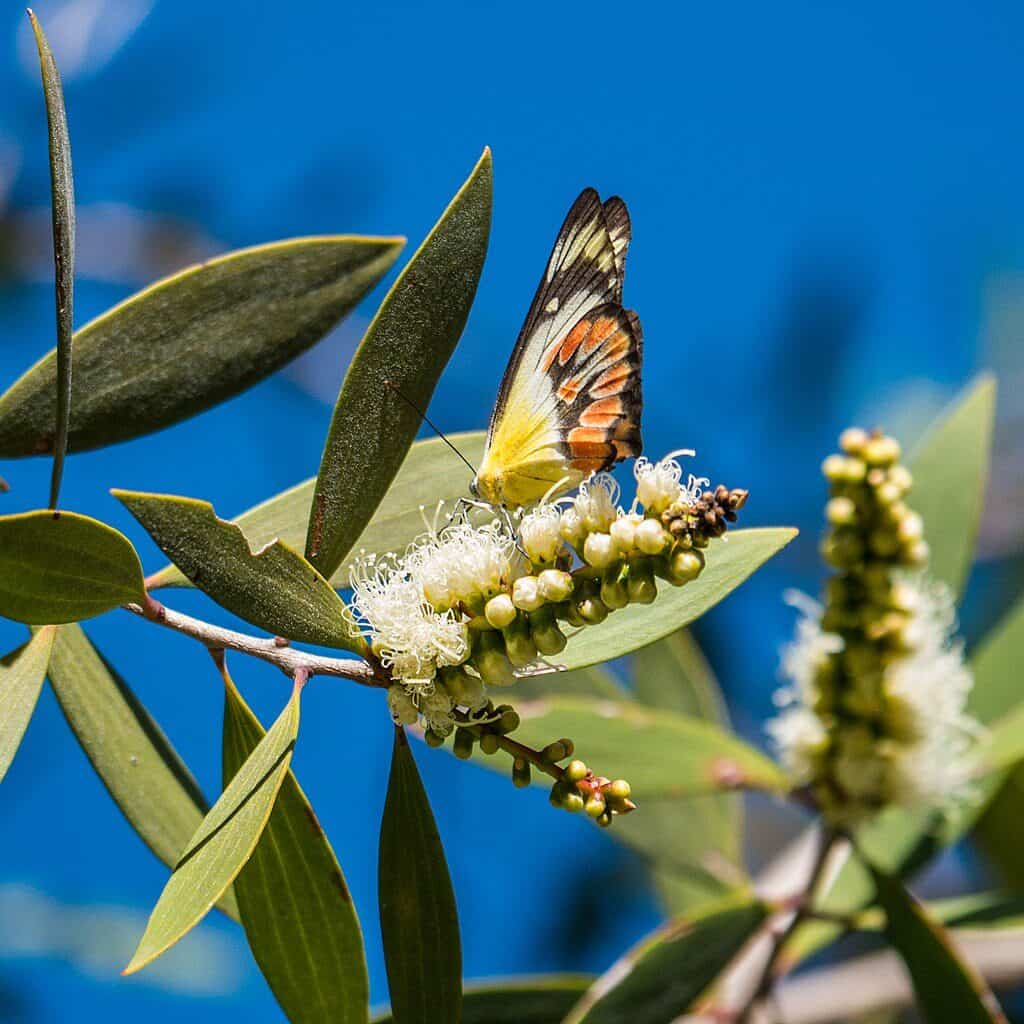
The Rosalina Butterfly, discovered in the untouched rainforests of Papua New Guinea, is renowned for its vibrant colors and intricate patterns. This butterfly’s rarity is due to its very specific habitat requirements, thriving only in undisturbed rainforest environments. The delicate and vivid colors of the Rosalina Butterfly make it a visually striking species. Its lifecycle and interactions with the rainforest ecosystem are still not fully understood, adding to the intrigue and importance of this rare find. Conservation efforts are crucial to preserving its habitat, as any degradation could severely impact its population, emphasizing the rich biodiversity of Papua New Guinea’s rainforests.
Madagascar Hissing Cockroach (Gromphadorhina portentosa)
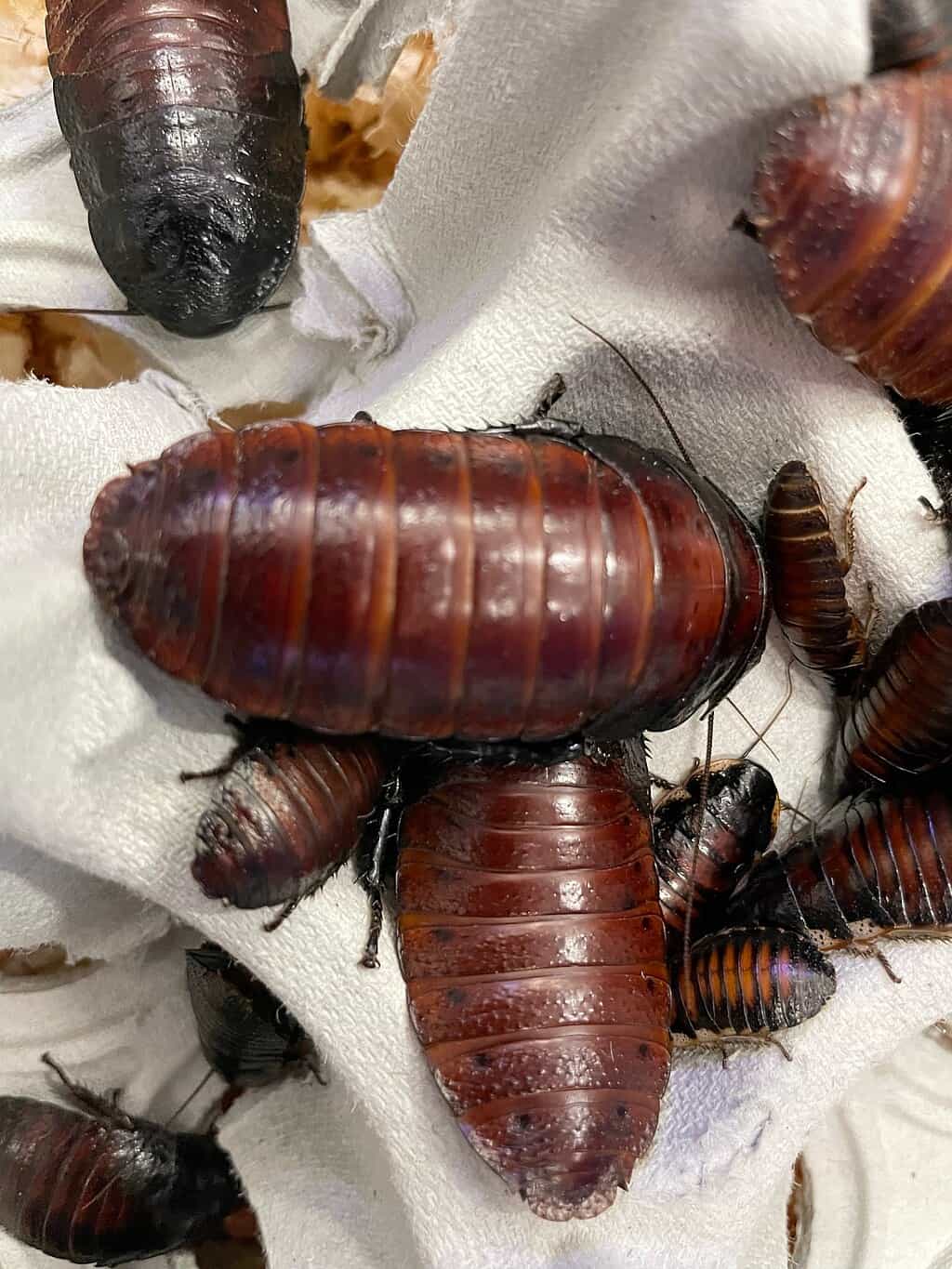
The Madagascar Hissing Cockroach, native to Madagascar’s untouched rainforests, is known for its distinctive hissing sound, produced by forcing air through specialized respiratory openings. This sound is used for communication and defense. This cockroach is an important decomposer, breaking down organic matter and contributing to nutrient cycling within the rainforest. It can reach up to 3 inches in length, and its unique behaviors make it a fascinating subject for entomologists. The Madagascar Hissing Cockroach’s role in the ecosystem, coupled with its interesting behaviors, highlights its significance in studying rainforest biodiversity and ecological interactions, making it a valuable species.
Green Darner Dragonfly (Anax junius)
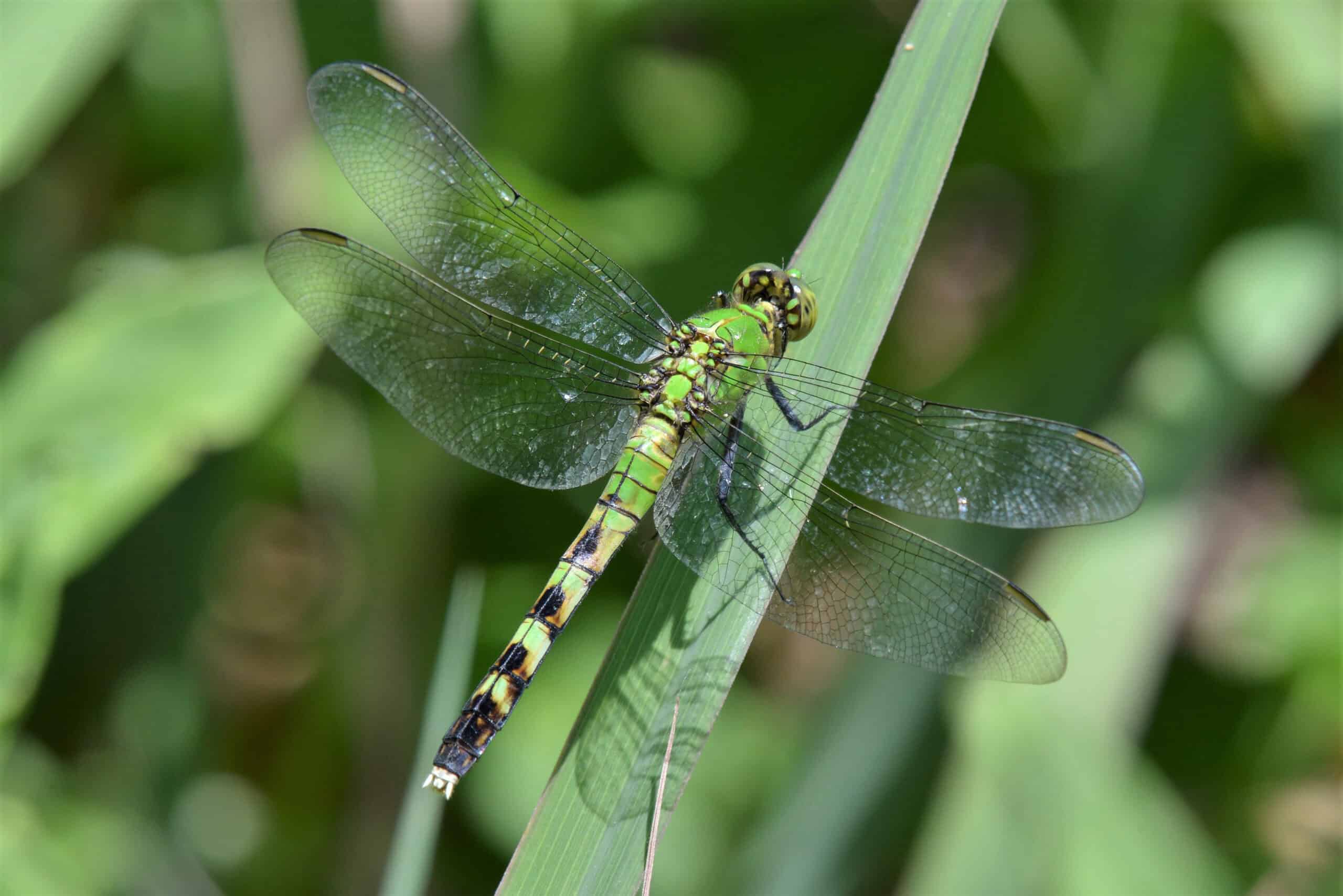
The Green Darner Dragonfly, found in the rainforests of Central and South America, is known for its iridescent green body and large size, with a wingspan of up to 4 inches. This dragonfly’s striking appearance and vibrant coloration make it a standout species in the rainforest. Its presence indicates healthy, undisturbed aquatic environments, as it relies on pristine water bodies for breeding and larval development. The Green Darner’s life cycle involves a complex interplay between aquatic and terrestrial habitats, making it a key indicator species for environmental health. Its role as both predator and prey within the ecosystem highlights its ecological importance, helping to control insect populations and providing food for birds and other predators.
Longhorn Beetle (Batocera rufomaculata)
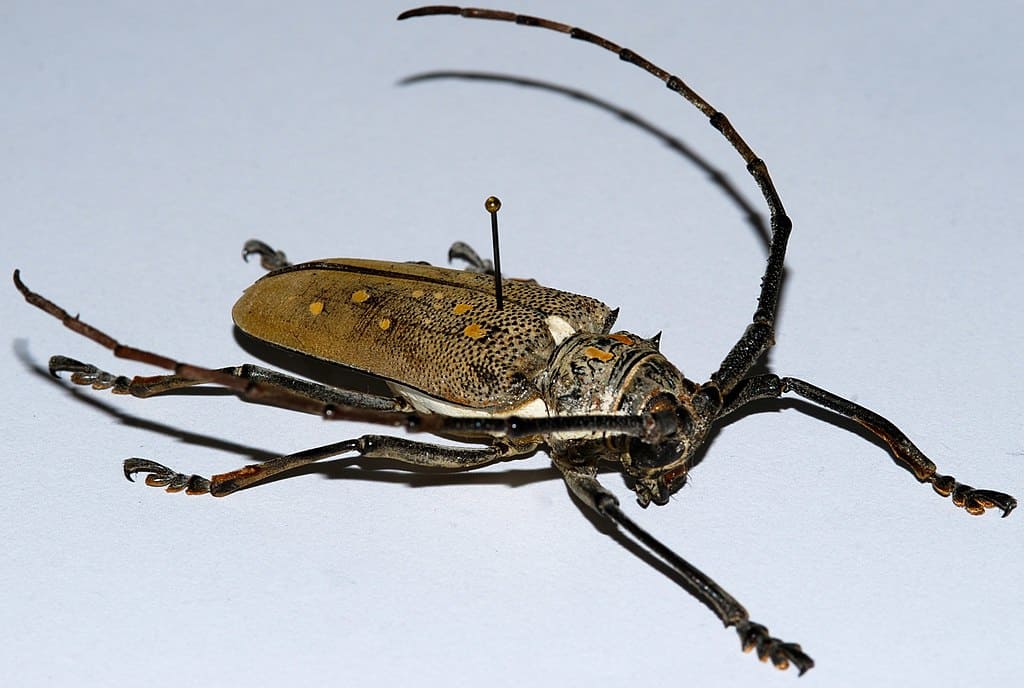
Discovered in the dense forests of Southeast Asia, the Longhorn Beetle is known for its long, spiky antennae and striking coloration. This beetle plays a significant role in the decomposition of dead wood, aiding in nutrient cycling within the forest ecosystem. Its rarity is attributed to its specific habitat requirements and the decreasing availability of undisturbed forests. The Longhorn Beetle’s distinctive features and ecological importance make it a noteworthy discovery in the rainforest, underscoring the need for conservation efforts to preserve these unique habitats and the species that depend on them.
Mimic Orchid Mantis (Hymenopus coronatus)
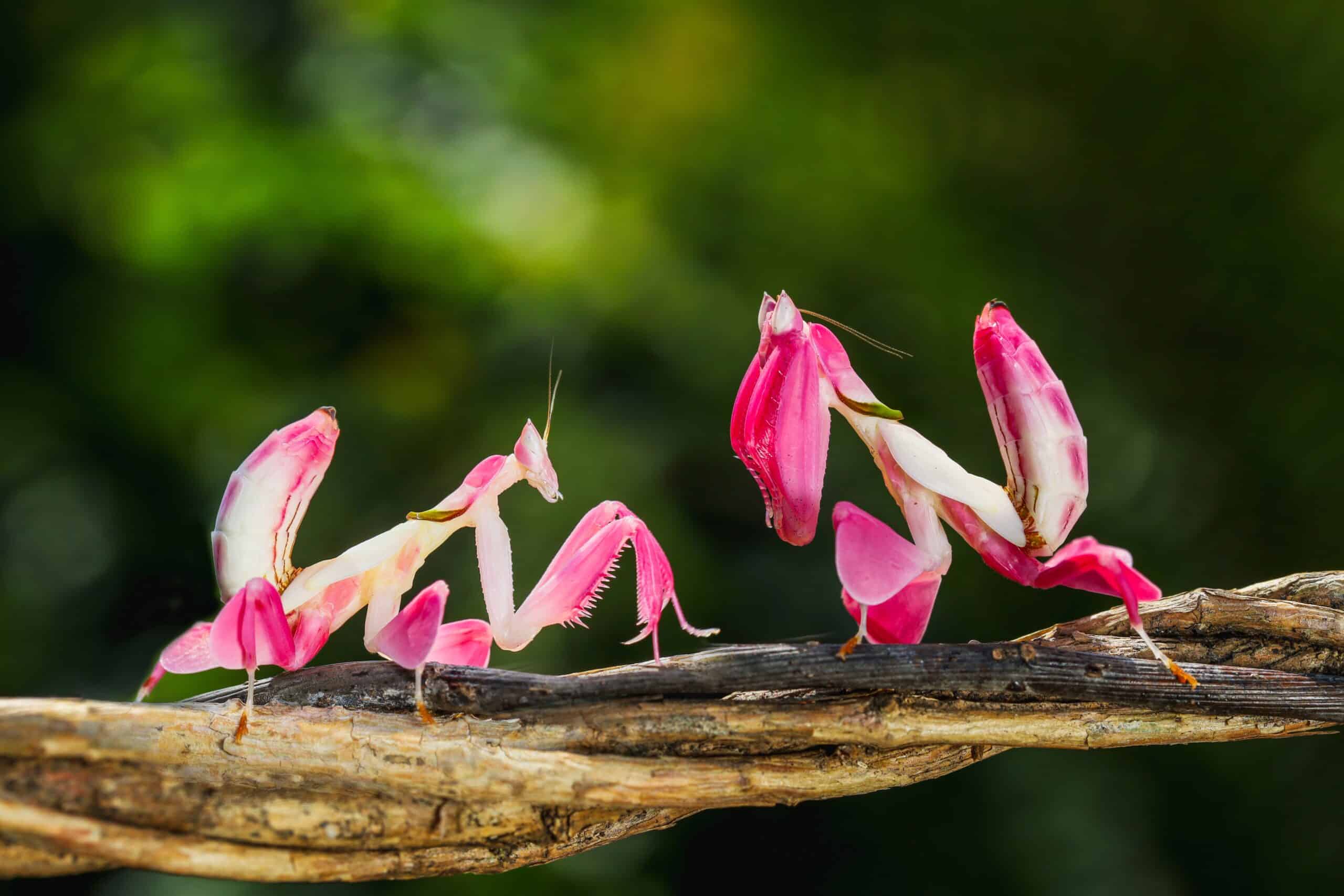
Native to the rainforests of Southeast Asia, the Mimic Orchid Mantis is renowned for its ability to mimic orchid flowers for camouflage. This fascinating adaptation allows it to ambush prey effectively and avoid predators. The mantis’s rare and captivating appearance makes it a significant find in untouched rainforests. Its striking resemblance to flowers showcases the incredible evolutionary adaptations of rainforest insects. The Mimic Orchid Mantis’s unique behavior and ecological role highlight the importance of preserving its habitat, as any disturbance could impact its population and the delicate balance of the rainforest ecosystem.
Glasswing Butterfly (Greta oto)
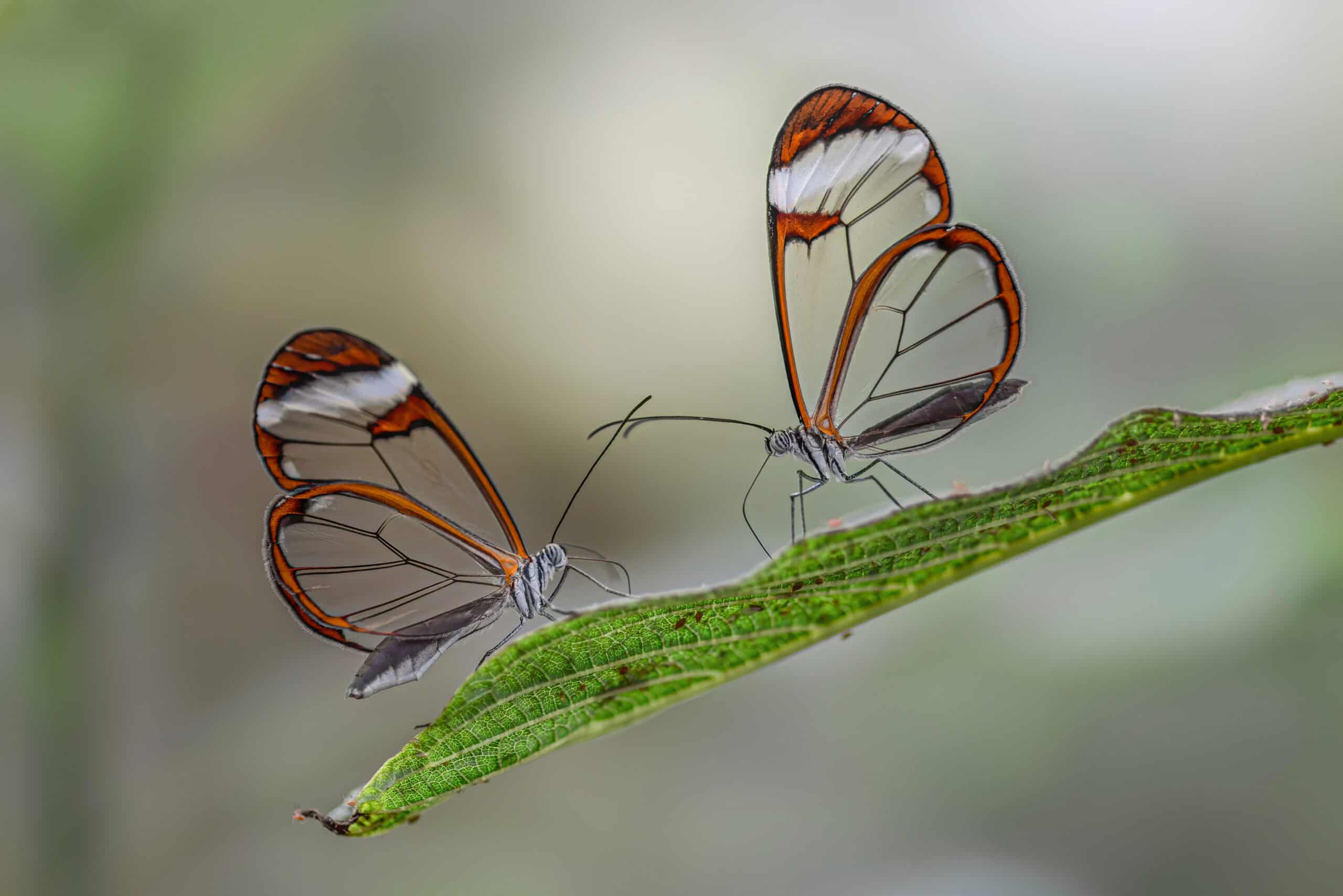
The Glasswing Butterfly, known for its transparent wings, inhabits the cloud forests of Central and South America. Its unique adaptation allows it to blend seamlessly into its surroundings, making it difficult for predators to spot. This butterfly’s delicate appearance and rare habitat requirements make it a treasured find in the rainforest. The Glasswing Butterfly’s presence indicates a healthy, undisturbed environment, as it relies on specific host plants for its larvae. Conservation efforts are essential to preserving these habitats and ensuring the survival of this and other unique species, highlighting the interconnectedness of rainforest ecosystems.
Giant Millipede (Archispirostreptus gigas)
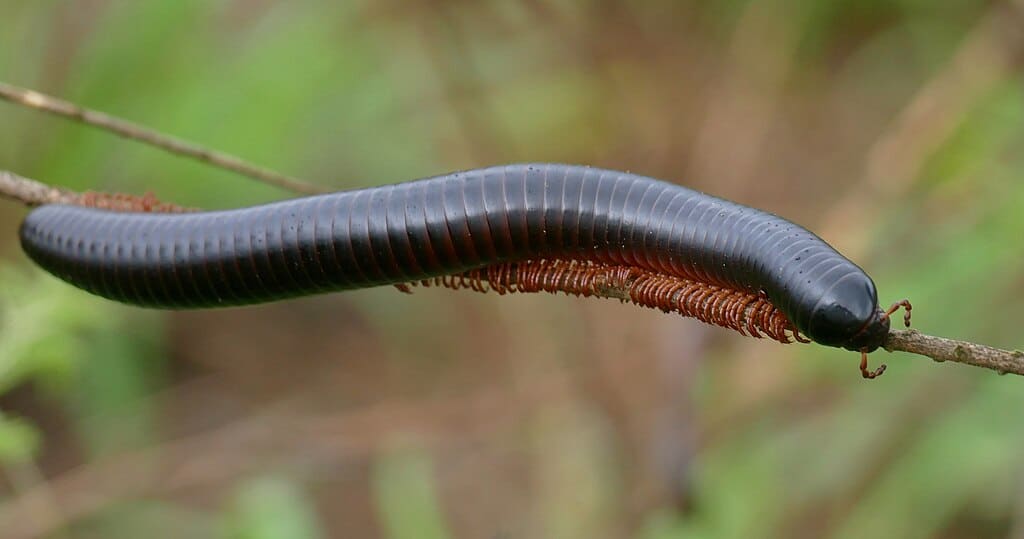
The Giant Millipede, found in the rainforests of Africa, is known for its impressive size, reaching up to 15 inches in length, and its numerous legs. This millipede plays a crucial role in decomposing organic matter, recycling nutrients back into the ecosystem. Its significant size and ecological role make it a remarkable discovery in the rainforest. The Giant Millipede’s presence indicates a healthy, undisturbed environment, as it relies on specific conditions for its survival. Conservation efforts are crucial to preserving its habitat and ensuring the survival of this and other unique species that contribute to the overall health of the ecosystem.
Hercules Beetle (Dynastes hercules)
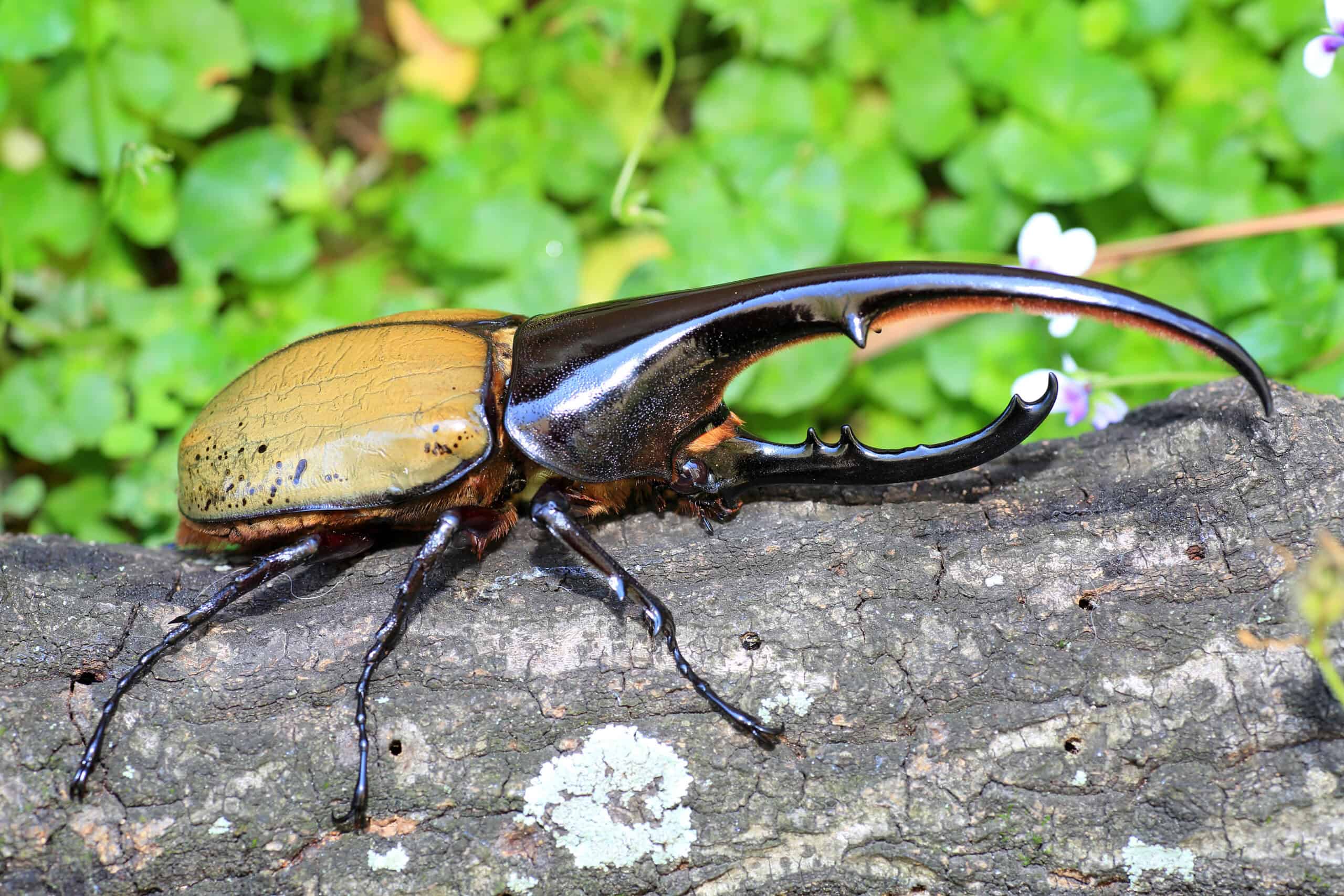
The Hercules Beetle, found in the rainforests of Central and South America, is one of the largest beetles in the world, with males growing up to 7 inches long. Its massive size and impressive horns make it a rare and striking insect. The beetle’s larvae develop in decaying wood, playing a role in nutrient recycling within the rainforest. The Hercules Beetle’s rarity is due to its specific habitat requirements and the limited availability of suitable breeding sites. Its formidable appearance and ecological significance make it a standout species in the rainforest, highlighting the need for conservation efforts to protect its habitat.
Borneo Horned Beetle (Strategus aloeus)
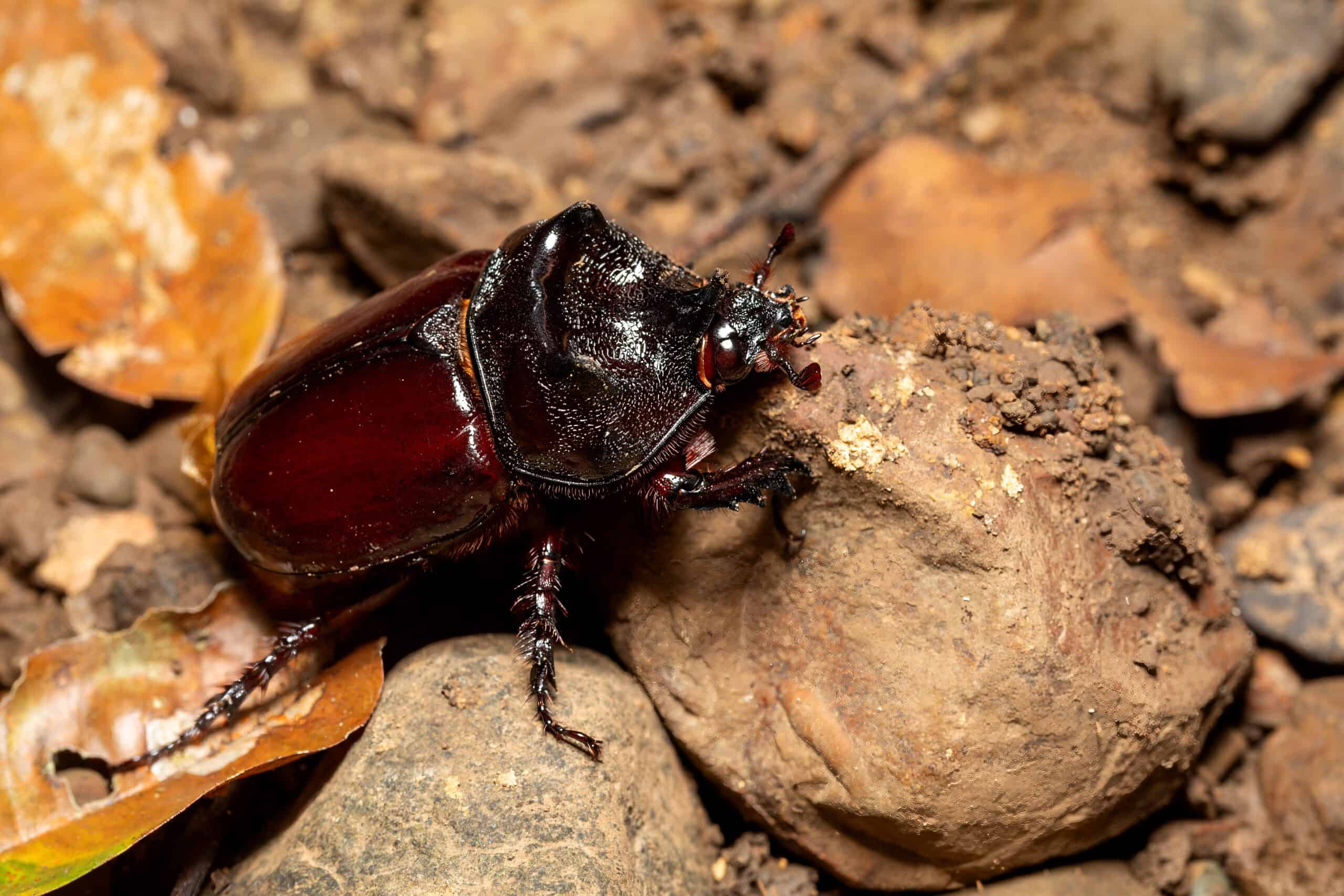
Discovered in the rainforests of Borneo, the Borneo Horned Beetle is known for its distinctive horn-like projections and vibrant coloration. These beetles play a role in decomposing organic material, contributing to the nutrient cycle within the forest. The Borneo Horned Beetle’s unique appearance and ecological importance make it a notable discovery in the rainforest. Its rarity is attributed to its specific habitat requirements and the decreasing availability of undisturbed forests. Conservation efforts are essential to preserving these habitats and ensuring the survival of this and other unique species, highlighting the rich biodiversity of Borneo’s rainforests.
Golden Tortoise Beetle (Charidotella sexpunctata)
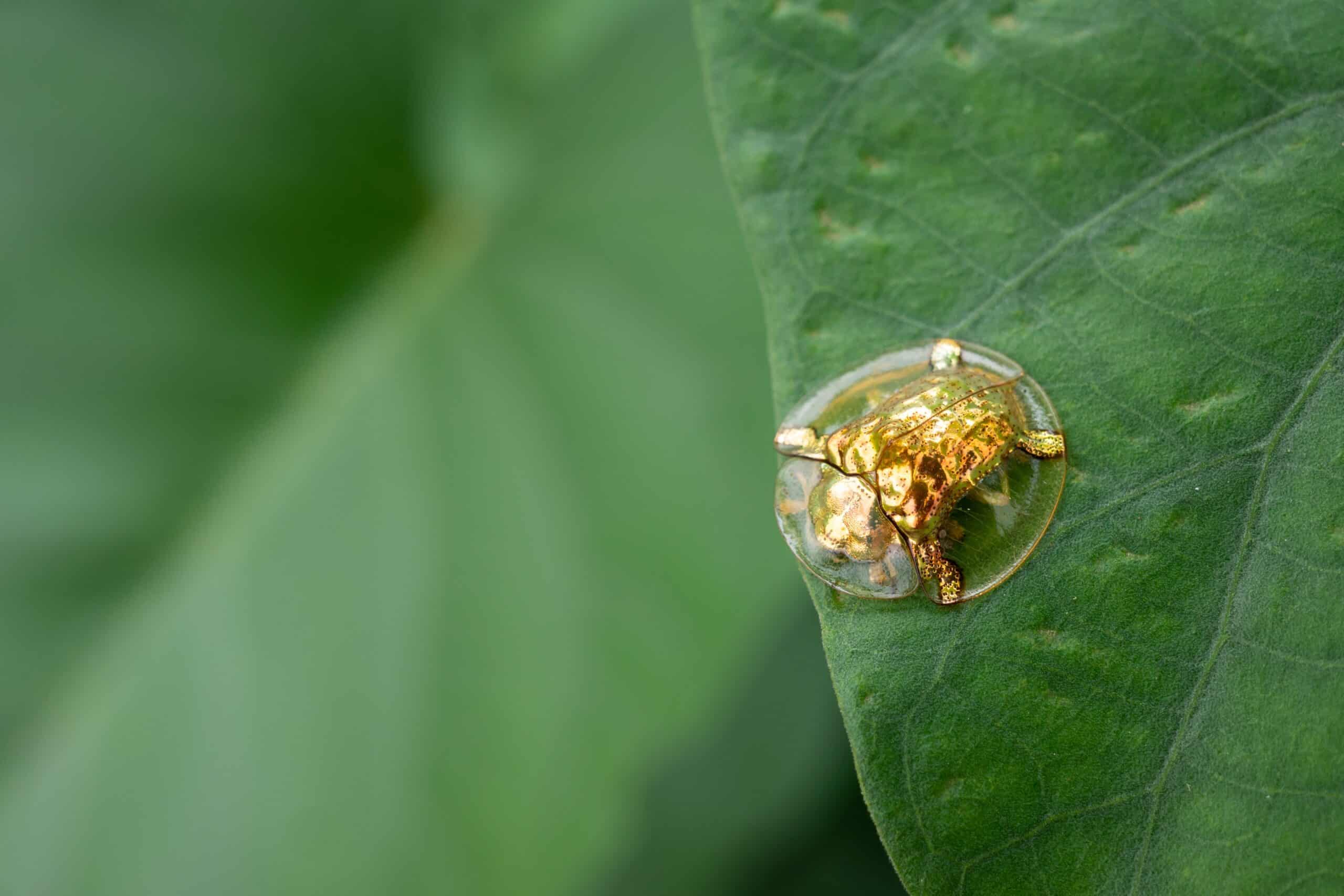
The Golden Tortoise Beetle, found in the rainforests of South America, is known for its metallic gold coloration, which can change to red when disturbed. This beetle’s striking appearance and unique color-changing ability make it a rare and fascinating find in the rainforest. The Golden Tortoise Beetle’s presence highlights the diverse adaptations of rainforest insects. Its role in the ecosystem, primarily as a herbivore feeding on leaves, contributes to the balance of plant populations. Conservation efforts are essential to preserving the habitats that support such unique species and their ecological functions.
Lantern Bug (Pyrops candelaria)
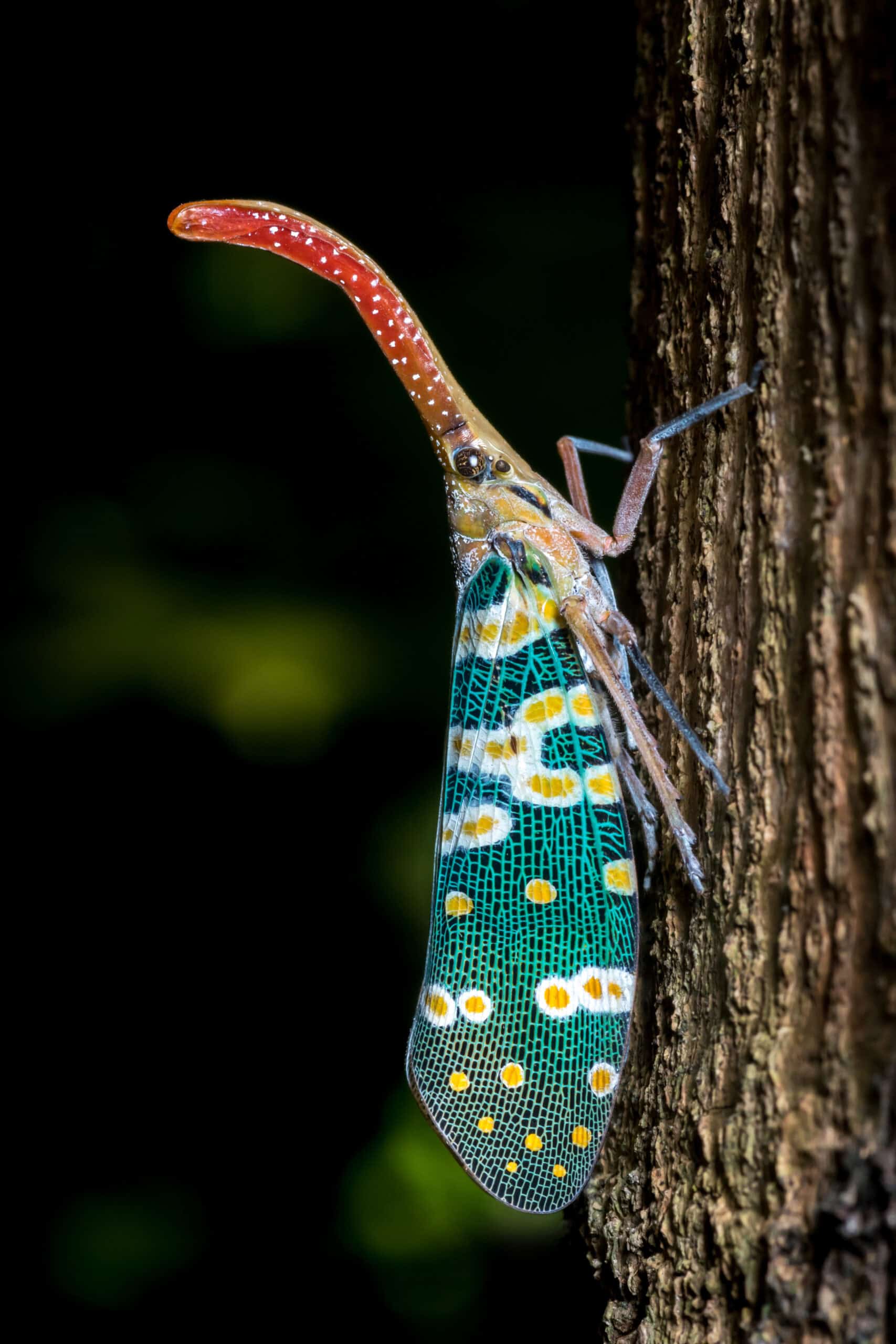
The Lantern Bug, native to the rainforests of Southeast Asia, is recognized for its elongated head and colorful body. Despite its name, it does not emit light. This insect’s vibrant colors and unusual morphology make it a rare and interesting discovery. The Lantern Bug’s ecological role includes feeding on plant sap, which can influence plant health and growth. Its rarity is attributed to its specific habitat requirements and the decreasing availability of undisturbed forests. Conservation efforts are crucial to preserving these habitats and ensuring the survival of this and other unique species, highlighting the rich biodiversity of Southeast Asia’s rainforests.
Leafcutter Ant (Atta cephalotes)
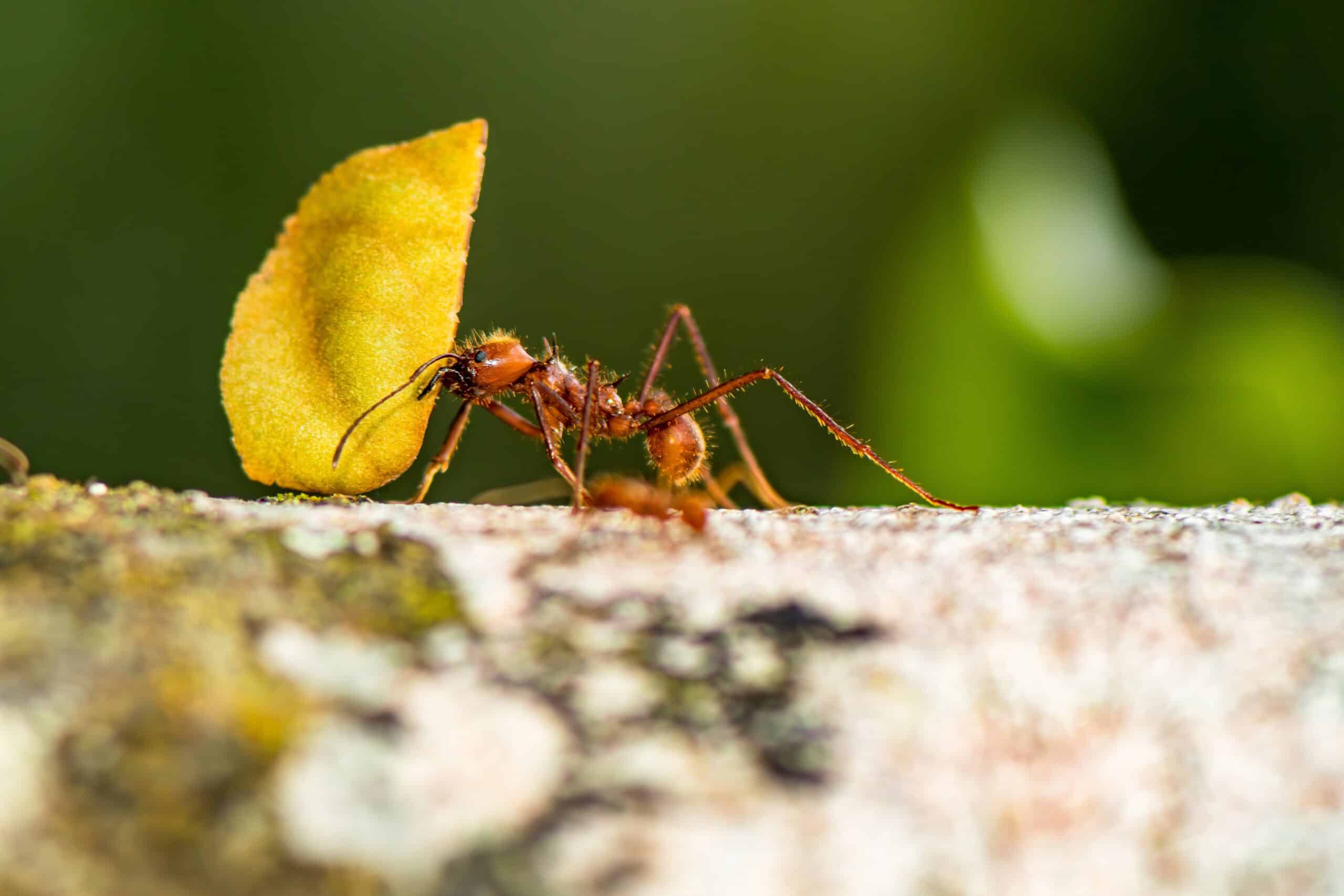
Leafcutter Ants, found in the rainforests of Central and South America, are known for their remarkable ability to cut and transport leaves to their nests. These ants cultivate fungus on the leaves, which serves as their primary food source. Their complex social structure and ecological impact make them a fascinating and important species in the rainforest. Leafcutter Ants play a crucial role in nutrient cycling and forest dynamics. Their presence indicates a healthy, undisturbed environment, as they rely on specific conditions for their survival. Conservation efforts are essential to preserving their habitat and ensuring the continued functioning of the rainforest ecosystem.
Goliath Beetle (Goliathus goliatus)
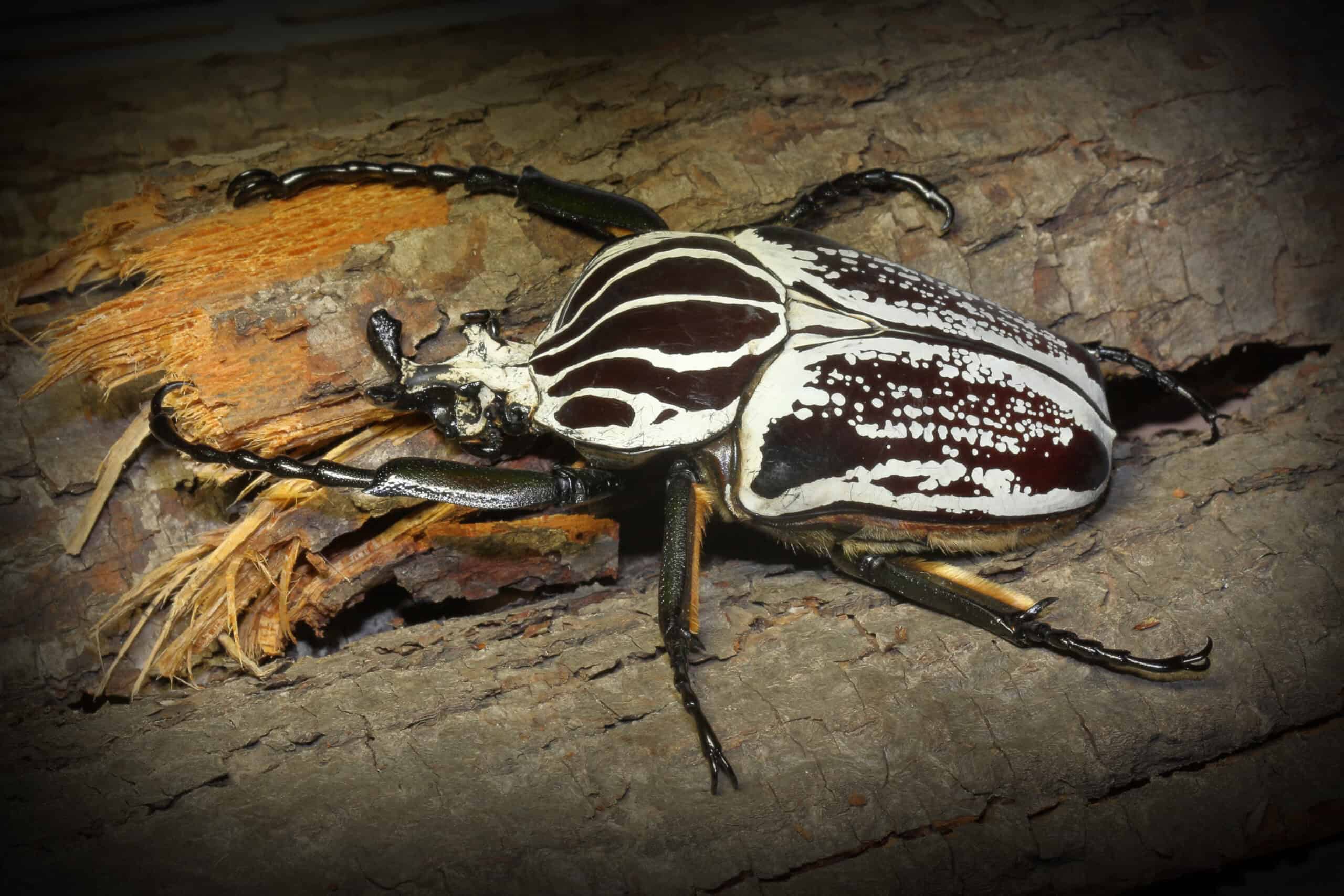
The Goliath Beetle, one of the largest beetles in the world, is native to the rainforests of Africa. These beetles can weigh up to 3.5 ounces and measure up to 4.3 inches in length. Their impressive size and striking appearance make them a rare and significant find. The Goliath Beetle’s role in the ecosystem includes feeding on tree sap and fruits, contributing to nutrient cycling. Their rarity is due to their specific habitat requirements and the limited availability of suitable breeding sites. Conservation efforts are crucial to preserving their habitat and ensuring the survival of this and other unique species that contribute to the overall health of the ecosystem.
Walking Stick Insect (Phasmatodea)
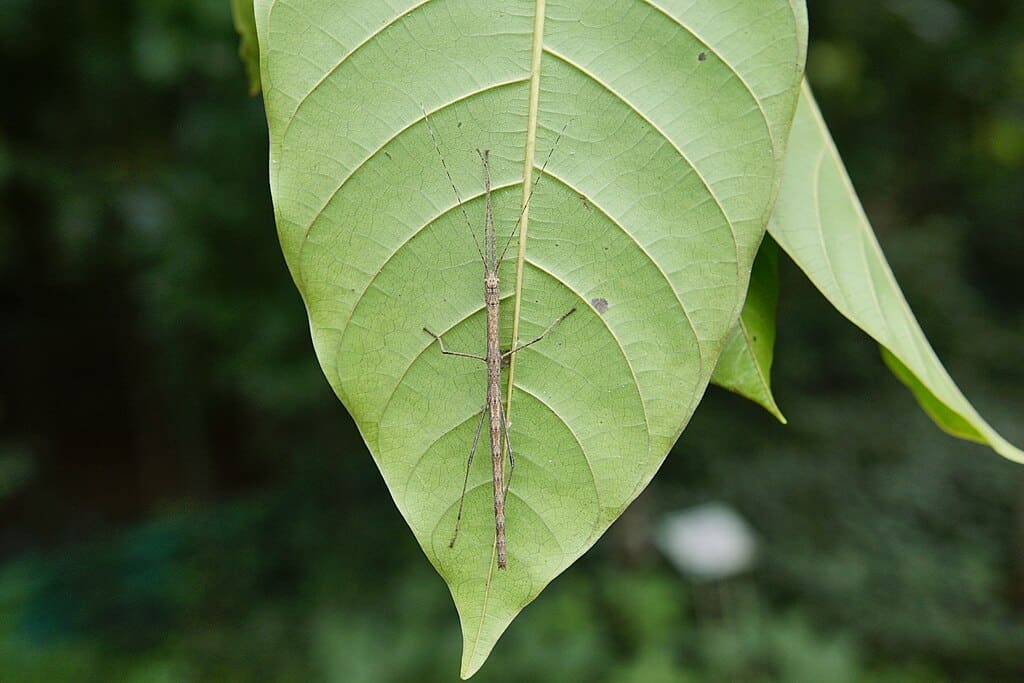
Walking Stick Insects, found in the rainforests of Southeast Asia, are known for their remarkable camouflage, resembling twigs and branches. This adaptation helps them avoid predators. Their unique appearance and ability to blend into their environment make them a rare and fascinating discovery in the rainforest. Walking Stick Insects play a role in the ecosystem as herbivores, feeding on leaves and contributing to plant population dynamics. Their presence indicates a healthy, undisturbed environment, as they rely on specific conditions for their survival. Conservation efforts are essential to preserving their habitat and ensuring the survival of this and other unique species.
Blue Morpho Butterfly (Morpho menelaus)
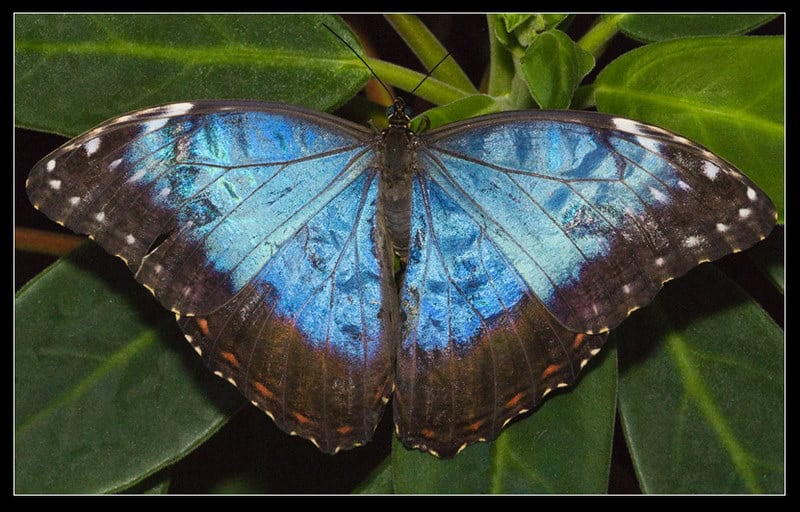
The Blue Morpho Butterfly, native to the rainforests of Central and South America, is famous for its iridescent blue wings. This butterfly’s vibrant coloration and large wingspan, up to 6 inches, make it a rare and striking sight in the rainforest. The Blue Morpho’s presence indicates a healthy, undisturbed environment, as it relies on specific host plants for its larvae. Its beauty and rarity make it a significant find for entomologists and a symbol of the rich biodiversity of the rainforest. Conservation efforts are crucial to preserving its habitat and ensuring the survival of this and other unique species.
Atlas Moth (Attacus atlas)
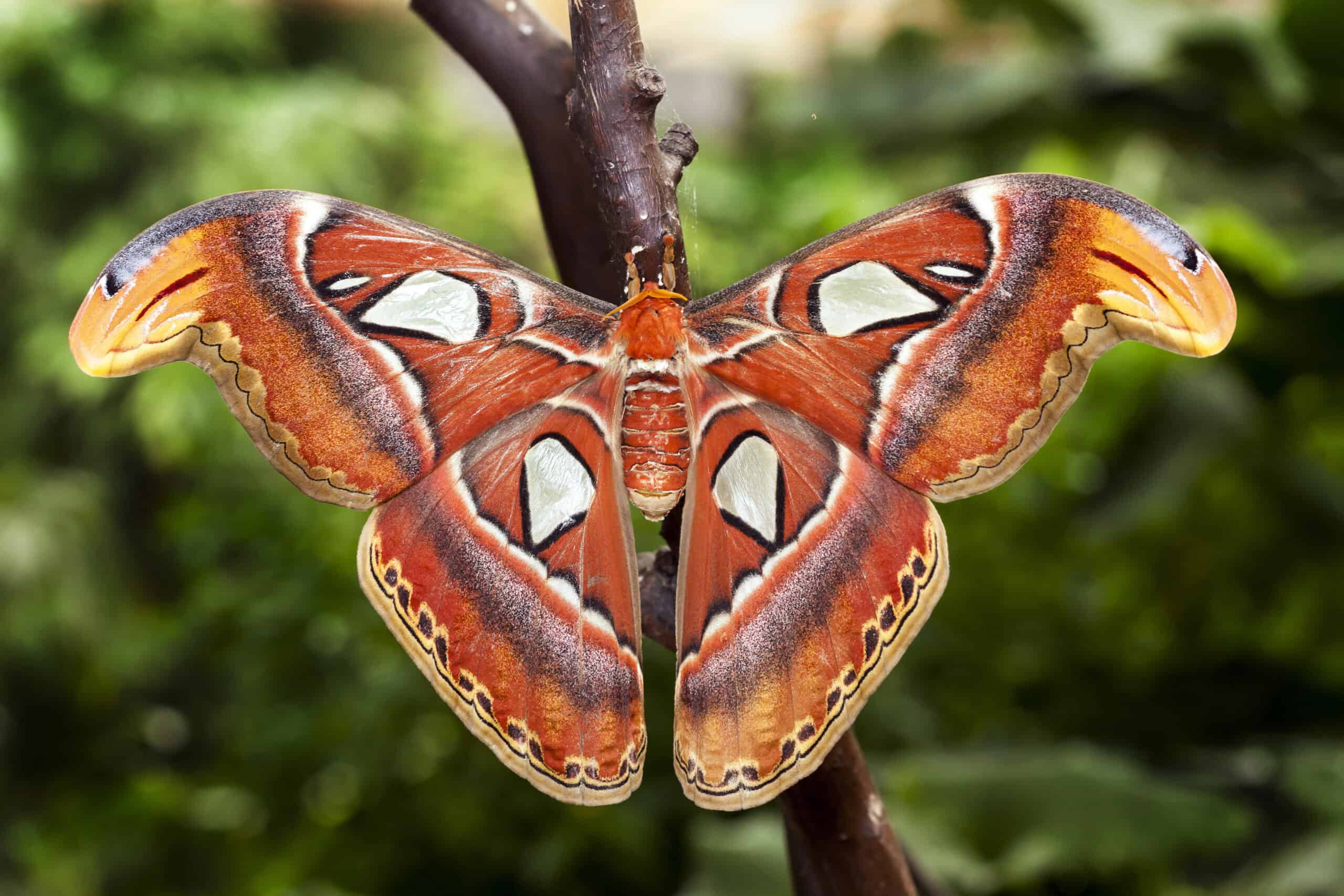
The Atlas Moth, found in the rainforests of Southeast Asia, is one of the largest moths in the world, with a wingspan reaching up to 10 inches. Its striking wing patterns and massive size make it a rare and awe-inspiring discovery. The Atlas Moth’s lifecycle involves a brief adult stage, during which it does not eat and relies on fat reserves. Its larvae feed on leaves, contributing to plant population dynamics. The Atlas Moth’s unique appearance and ecological role highlight the importance of preserving its habitat, as any disturbance could impact its population and the delicate balance of the rainforest ecosystem.
Tarantula Hawk Wasp (Pepsis grossa)
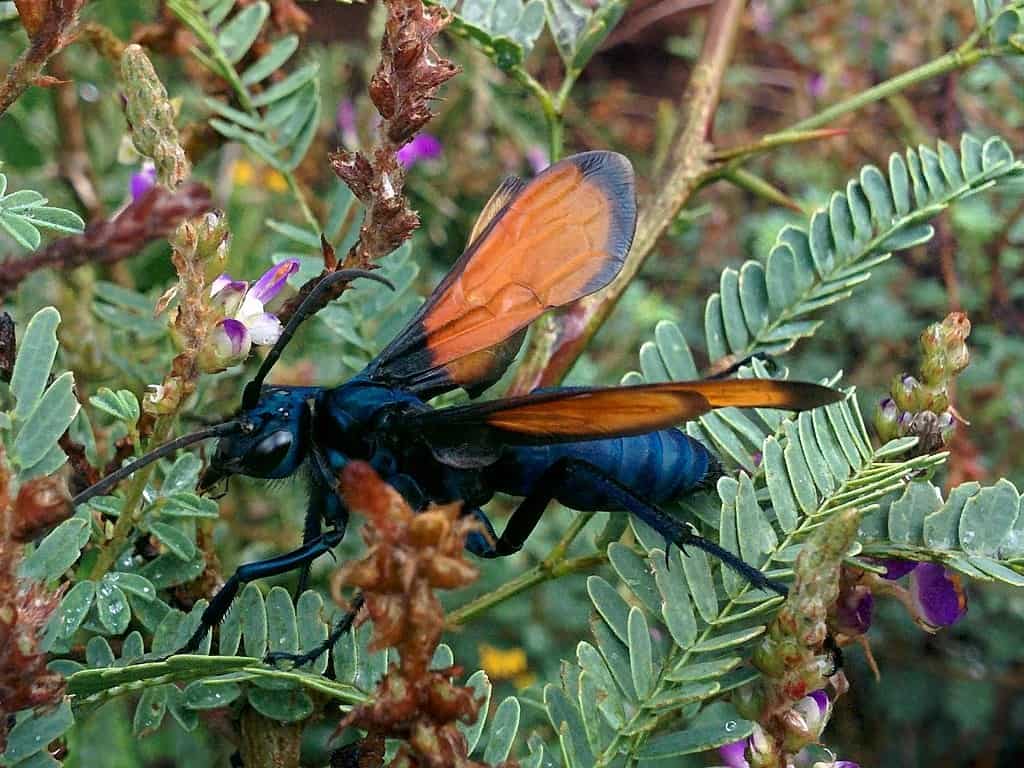
The Tarantula Hawk Wasp, discovered in the rainforests of Central and South America, is known for its striking blue-black body and orange wings. This wasp preys on tarantulas, paralyzing them with its sting to provide food for its larvae. The Tarantula Hawk Wasp’s formidable hunting behavior and striking appearance make it a rare and significant find. Its role in the ecosystem includes regulating tarantula populations, contributing to the balance of predator-prey dynamics. The wasp’s presence indicates a healthy, undisturbed environment, as it relies on specific conditions for its survival. Conservation efforts are essential to preserving its habitat and ensuring the survival of this and other unique species.
Orchid Bee (Euglossa dilemma)
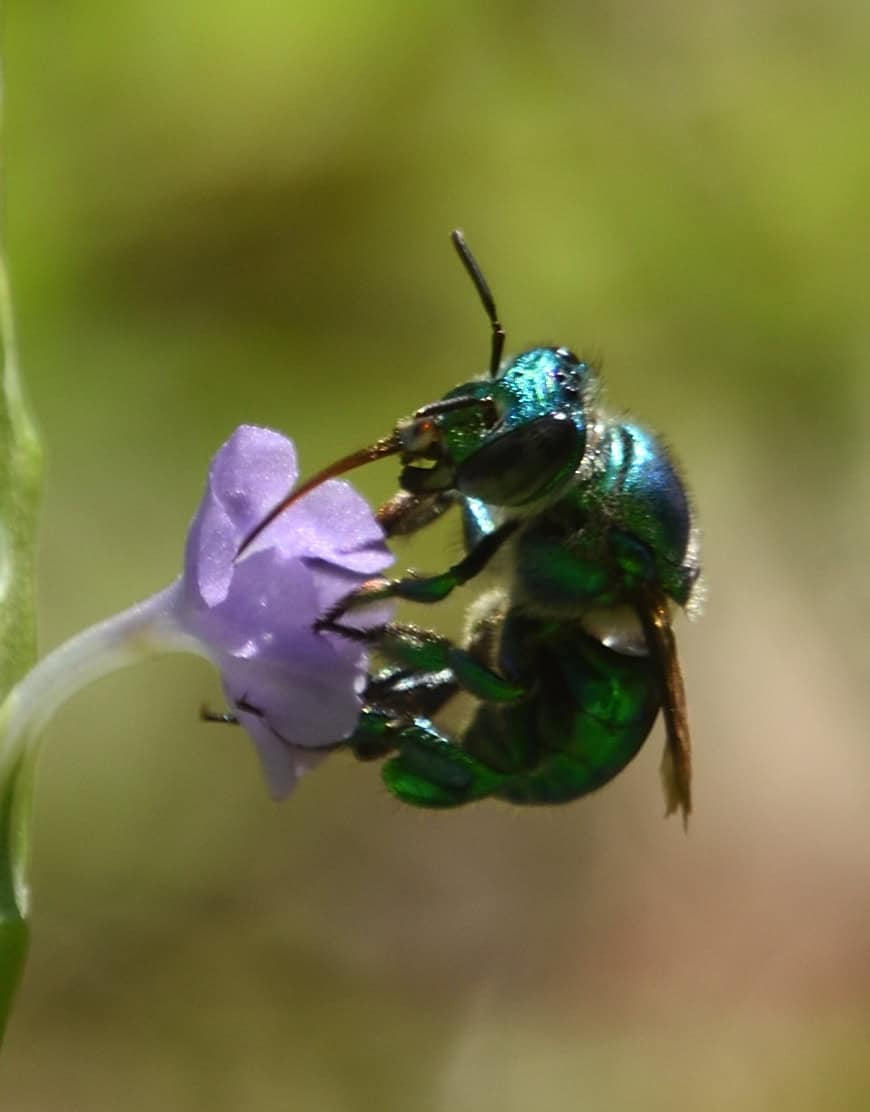
Orchid Bees, found in the rainforests of Central and South America, are known for their vibrant metallic colors and specialized behavior of pollinating orchids. These bees play a crucial role in the ecosystem, ensuring the reproduction of many orchid species. The Orchid Bee’s unique appearance and ecological importance make it a rare and valuable discovery. Its presence indicates a healthy, undisturbed environment, as it relies on specific orchids for its survival. Conservation efforts are essential to preserving these habitats and ensuring the survival of this and other unique species, highlighting the interconnectedness of rainforest ecosystems.
Leaf-Mimic Katydid (Pterochroza ocellata)
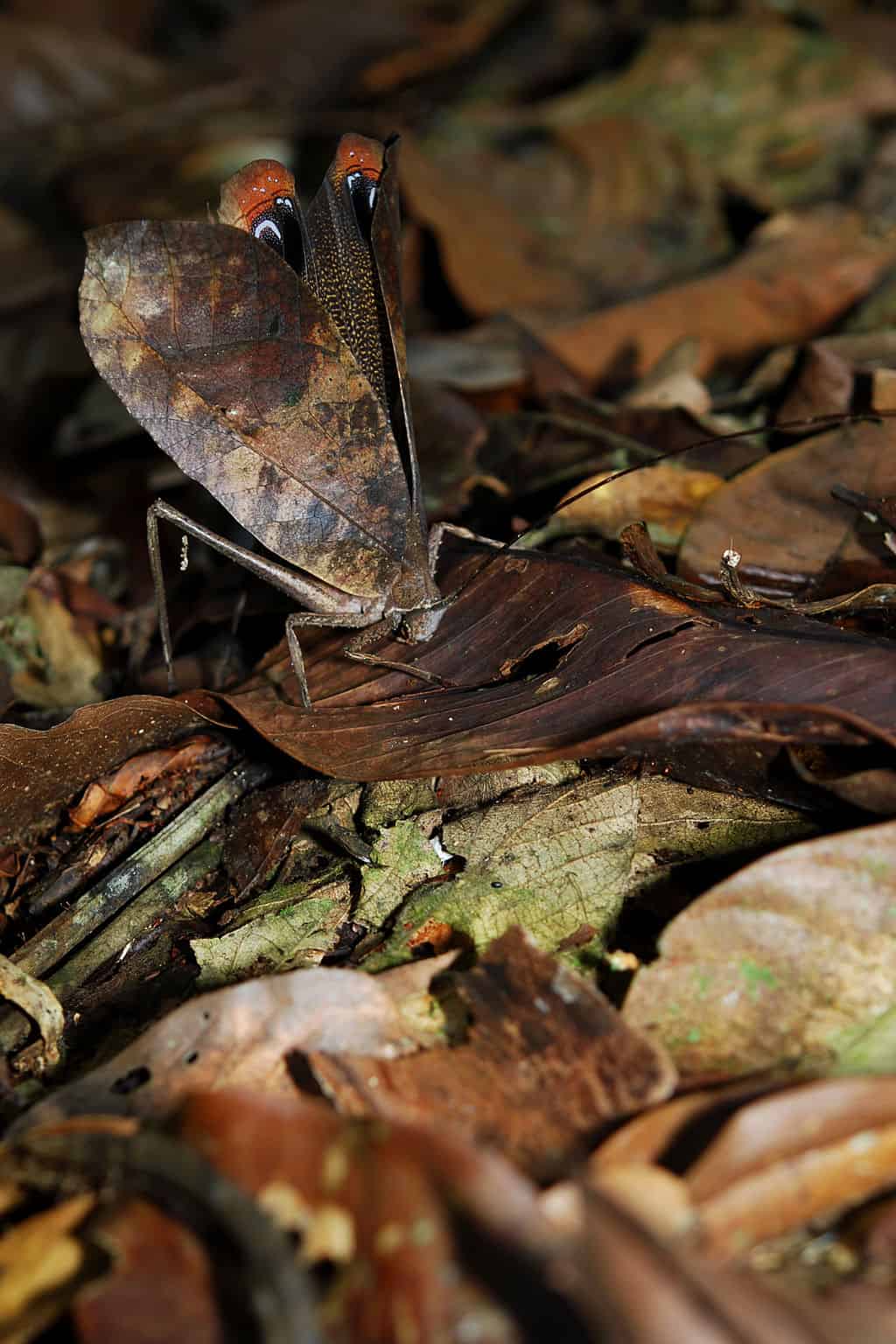
The Leaf-Mimic Katydid, native to the rainforests of South America, is known for its incredible camouflage, resembling a leaf with intricate details. This adaptation helps it avoid predators. Its remarkable mimicry and ecological role make it a rare and fascinating discovery in the rainforest. The Leaf-Mimic Katydid’s presence indicates a healthy, undisturbed environment, as it relies on specific conditions for its survival. Conservation efforts are essential to preserving its habitat and ensuring the survival of this and other unique species that contribute to the overall health of the ecosystem.
This article originally appeared on Rarest.org.
More from Rarest.org
14 Rare and Unusual Art Techniques You Should Know About
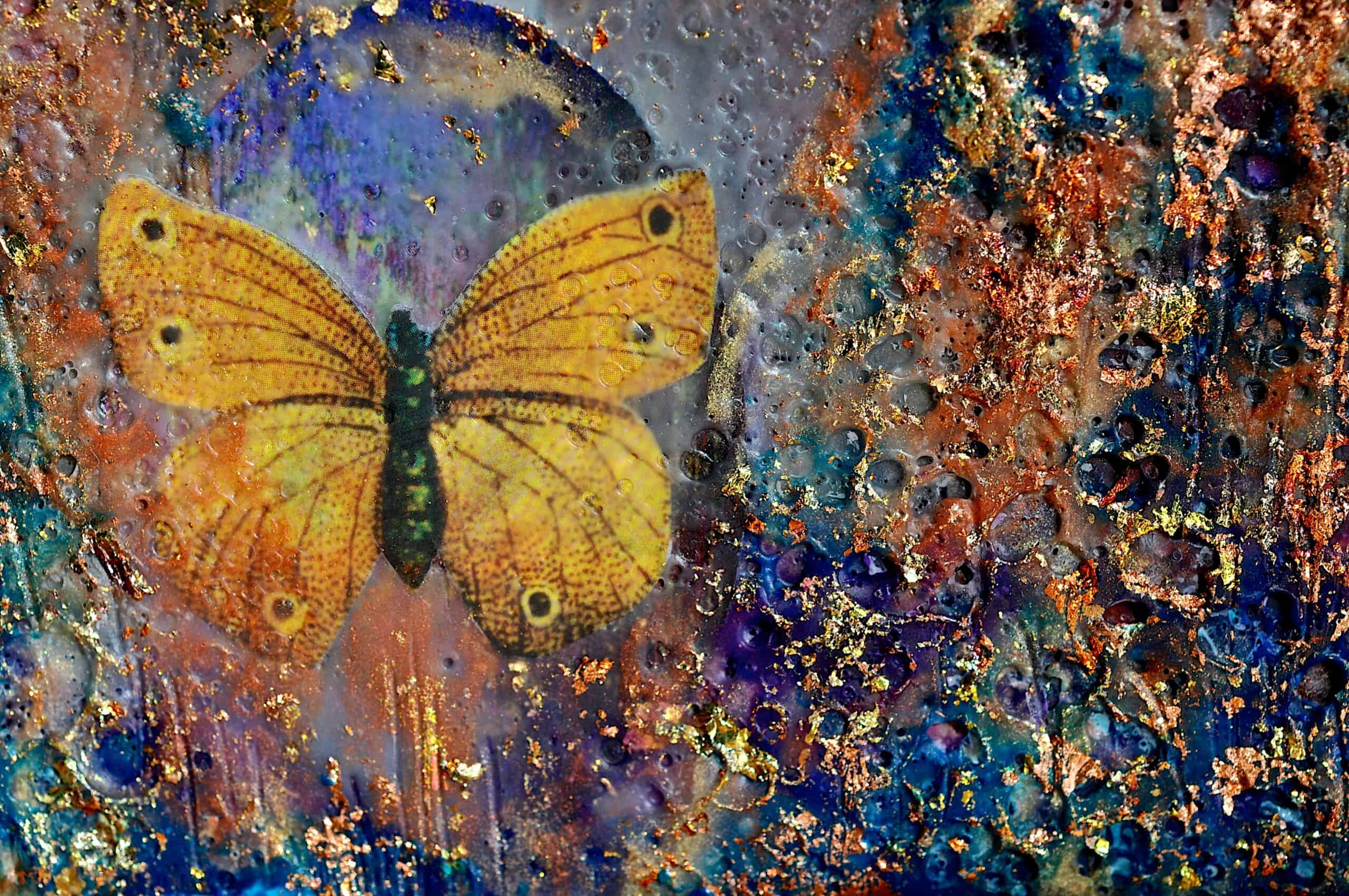
Exploring unique art techniques can expand your creative horizons. Many rare and unusual methods offer distinct and mesmerizing results. Read more.
20 Record-Breaking Alfa Romeo Sales

Alfa Romeo has a storied history of producing some of the most beautiful and innovative cars ever made. Read more.
The 20 Best Hidden Gems in European Cities

Discovering hidden gems in European cities offers travelers a unique and enriching experience beyond the usual tourist spots. Read more.
